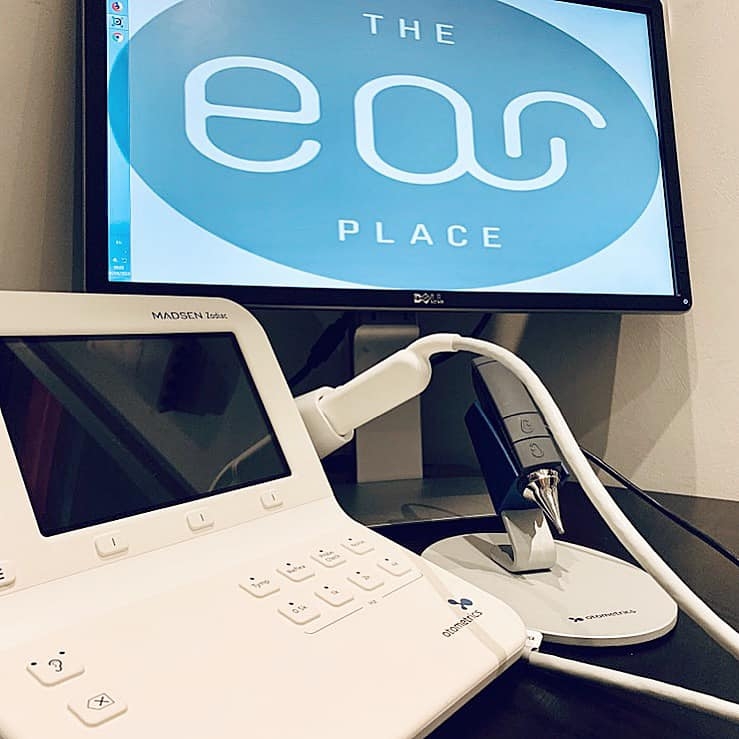Here And Now
What to expect at your hearing assessment

What to expect at your hearing assessment?
Attending an audiology appointment for a hearing assessment can be daunting enough without not knowing what to expect when you visit. In this blog, we explain step by step the different stages of your hearing assessment and why we do them.
Our audiologists will start by taking a case history, asking questions about your lifestyle, areas of difficulty, family history or significant health issues, medication and what has prompted the visit to us.
After we have collected your health information, we will examine the ear with an otoscope. This is a handheld microscope device that allows us to clearly see the ear canal, ear drum and outer ear. We will assess the ear to ensure there is nothing abnormal and that the ear canal is not blocked due to excessive wax build up.
The first stage of the hearing assessment is testing the hearing via air conduction, which is the way we hear things every day. Our audiologist will give you a pair of headphones to put on and a button to hold. We will then play a variety of tones and the button should be pressed when you hear the tone which vary in pitch, length, and volume.
The second stage is testing via bone conduction. You will be given a different headset which looks like a headband, this sits on the bony section of the skull behind the ear and the sound vibrations are sent directly through the bone. By testing this way, we are bypassing the outer and middle ear testing the cochlear and nerve function inside the ear.
These two tests are compared by the audiologist who can determine the type of hearing loss you may have. Sensory neural hearing loss is usually age related but can also be linked to medication, health conditions or excessive noise exposure, conductive hearing loss means the inner ear works fine but the sound is not able to get through as it should.
If necessary, our audiologists can also perform a speech in noise test. For this, you will be played various sentences through headphones and asked to repeat them back to the audiologist. With each sentence the background noise will increase. We will generate a score based on how many words are repeated back to us, this tells us how well a person can hear speech in background noise.
After we have completed all the tests we will look at hearing aid options. We will assist you in choosing a pair based on your lifestyle, budget, colour, and size preferences and intended use. We have access to many different hearing aids available from a range of brands, so we are sure to find something that will suit your needs.
For more information about our hearing assessments or hearing loss contact us today.